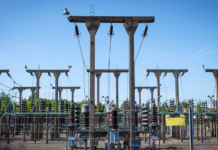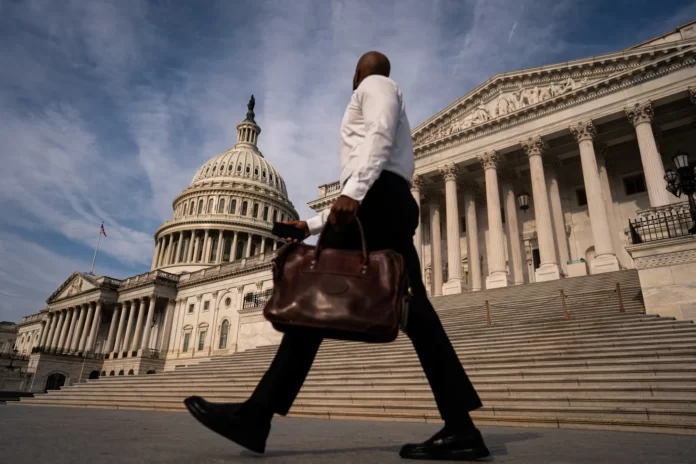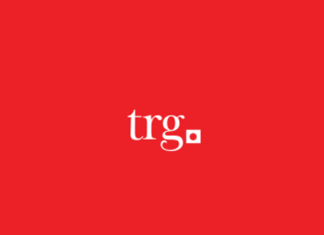U.S. port operators are urging the federal government to allow more time before implementing steep tariffs—potentially up to 100%—on ship-to-shore cargo cranes, amid rising expectations that the Trump administration will move ahead with plans to effectively bar the import of the vital port machinery.
Earlier this year, the U.S. Trade Representative (USTR) proposed the tariffs in response to China’s dominant hold over global maritime manufacturing, seen as part of a broader strategy to gain commercial and military leverage at sea.
Chinese state-owned Shanghai Zhenhua Heavy Industries (ZPMC) has become the leading global supplier, providing around 80% of the ship-to-shore cranes used across nearly two dozen U.S. ports, including key hubs in Los Angeles, Houston, and New York. Each crane typically costs between $10 million and $20 million.
Carl Bentzel, president of the National Association of Waterfront Employers (NAWE), said U.S. officials have expressed in private meetings their intent to halt purchases of the Chinese equipment altogether. “I’ve been operating under the position that [100% tariffs] are the floor,” Bentzel said. “This is essentially a ban on the use of Chinese-manufactured cargo equipment.”
Neither the White House nor the USTR offered immediate comment on the status of the decision.
Trump’s effort follows earlier initiatives by past administrations. President Joe Biden, for example, imposed a 25% tariff on Chinese cranes in 2024, after multiple federal agencies—including the Cybersecurity and Infrastructure Security Agency (CISA), FBI, and NSA—raised alarms about potential cyber vulnerabilities embedded in port equipment.
U.S. authorities have warned that software, modems, and other integrated systems in Chinese cranes could be exploited for espionage or even used to disable port operations in a conflict scenario.
Despite these warnings, port operators have continued to source the more affordable cranes from China, prioritizing short-term cost savings over national security concerns. “The resistance from the port operator community overlooks the long-term risks,” said William Henagan, a Council on Foreign Relations fellow and former National Security Council director for critical infrastructure under the Biden administration.
In response, ZPMC and several U.S. port authorities submitted letters to the USTR in May, disputing the severity of the alleged security threats. They also cautioned that sweeping tariffs could burden the industry with billions of dollars in unexpected costs, potentially delaying modernization efforts crucial for U.S. port competitiveness.
Today, NAWE and other trade bodies are working behind the scenes to soften the blow. They are requesting exemptions for cranes already on order and advocating for a phased implementation of the new duties to avoid operational disruption.
“We’ve chosen to work with them,” Bentzel added, underscoring the industry’s current focus on finding middle ground amid growing uncertainty over the policy’s final form.























